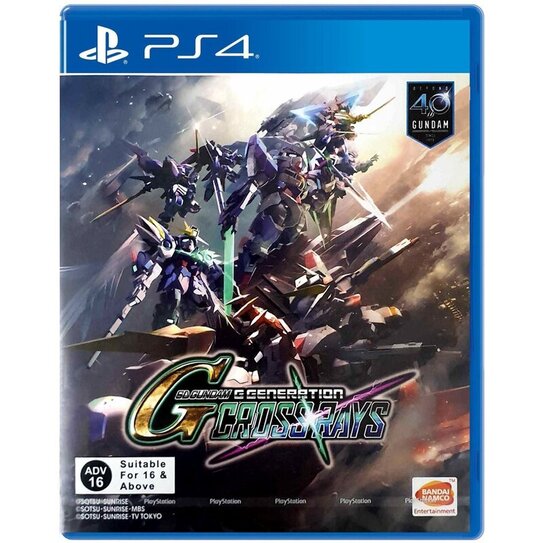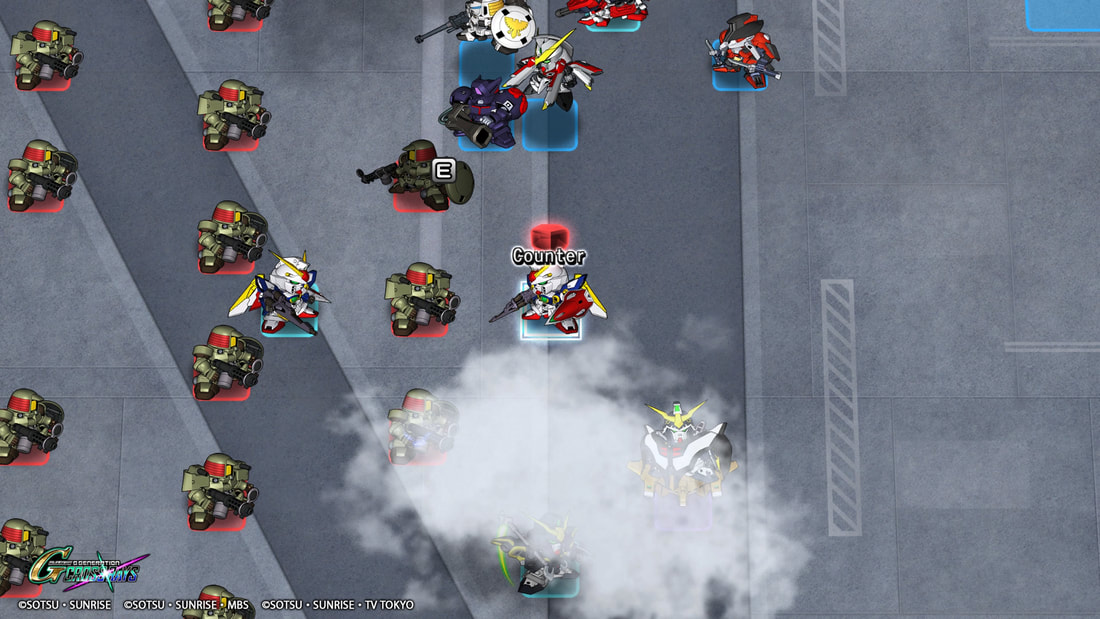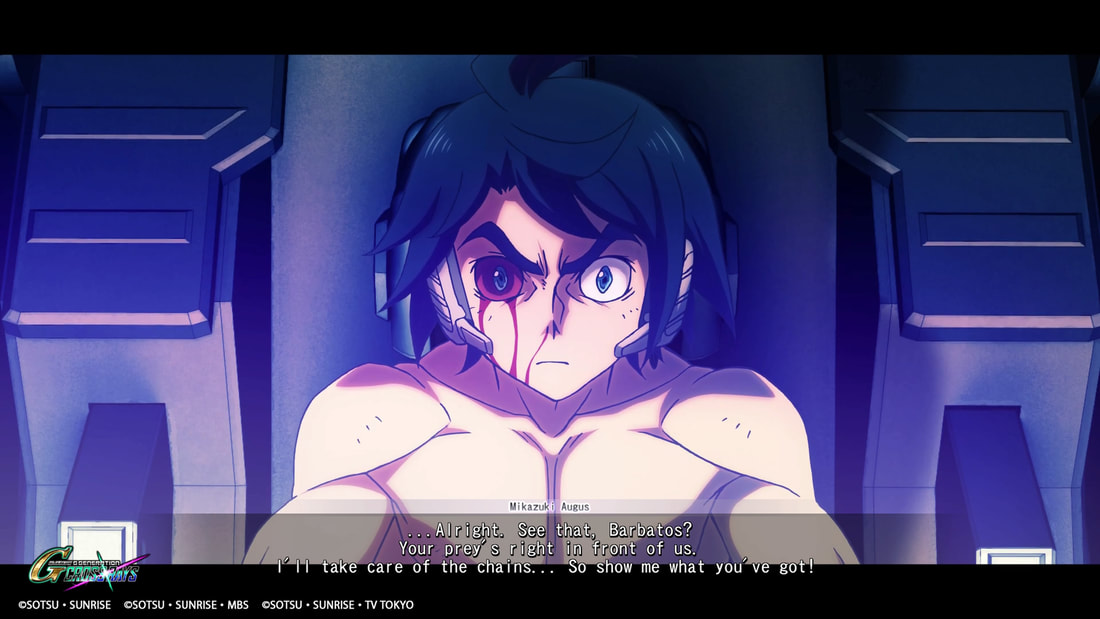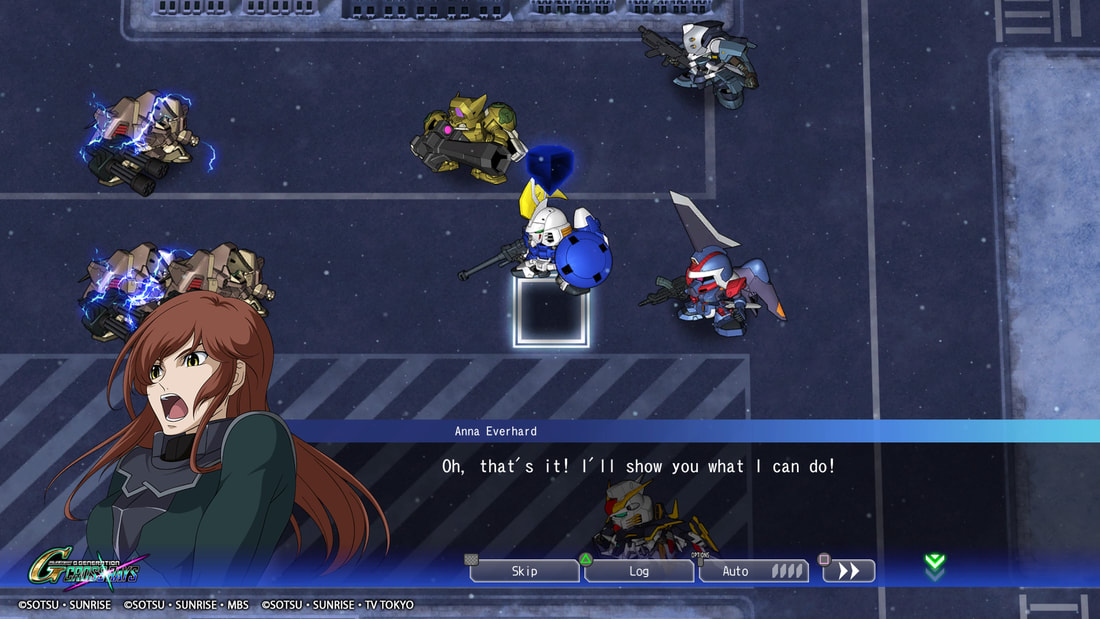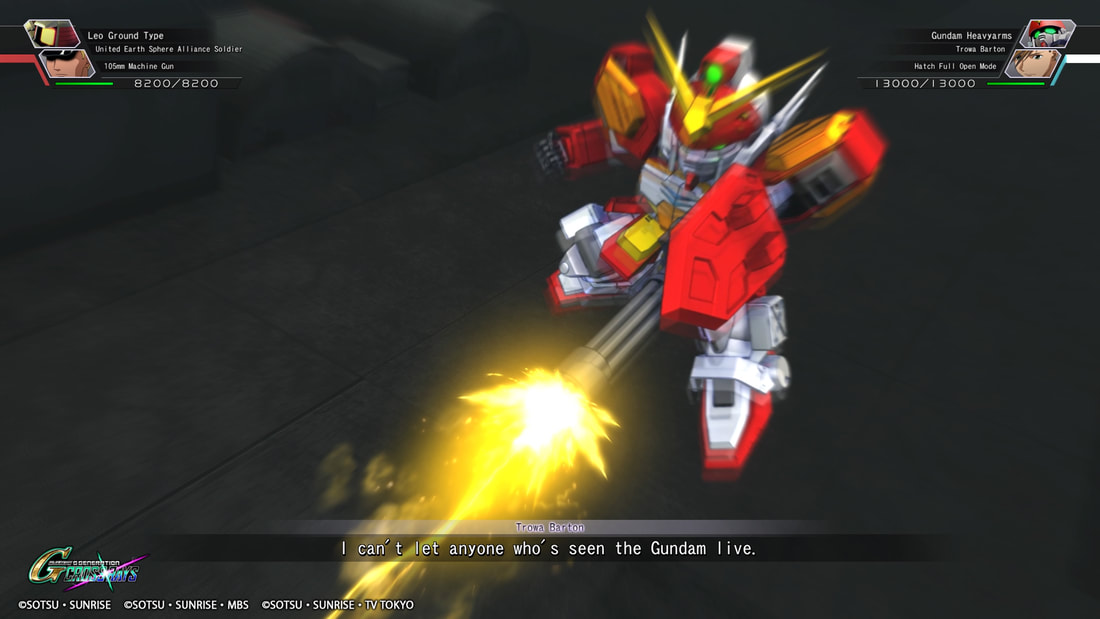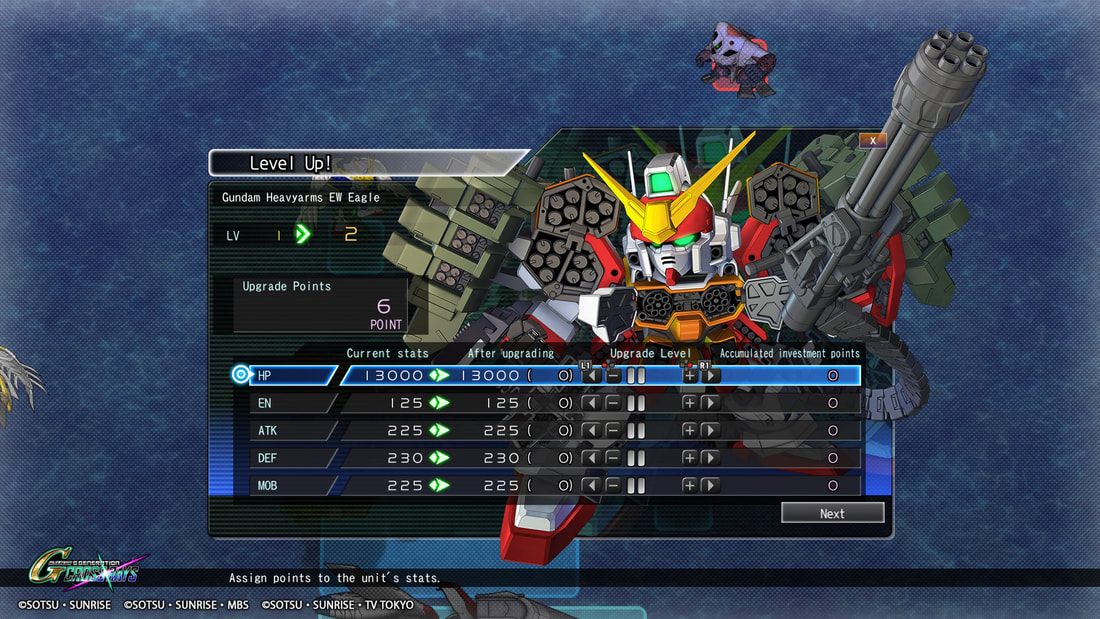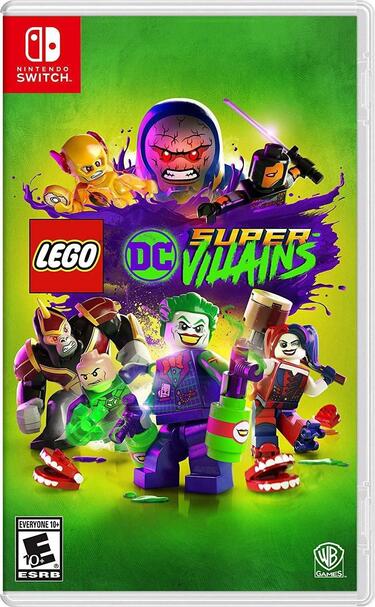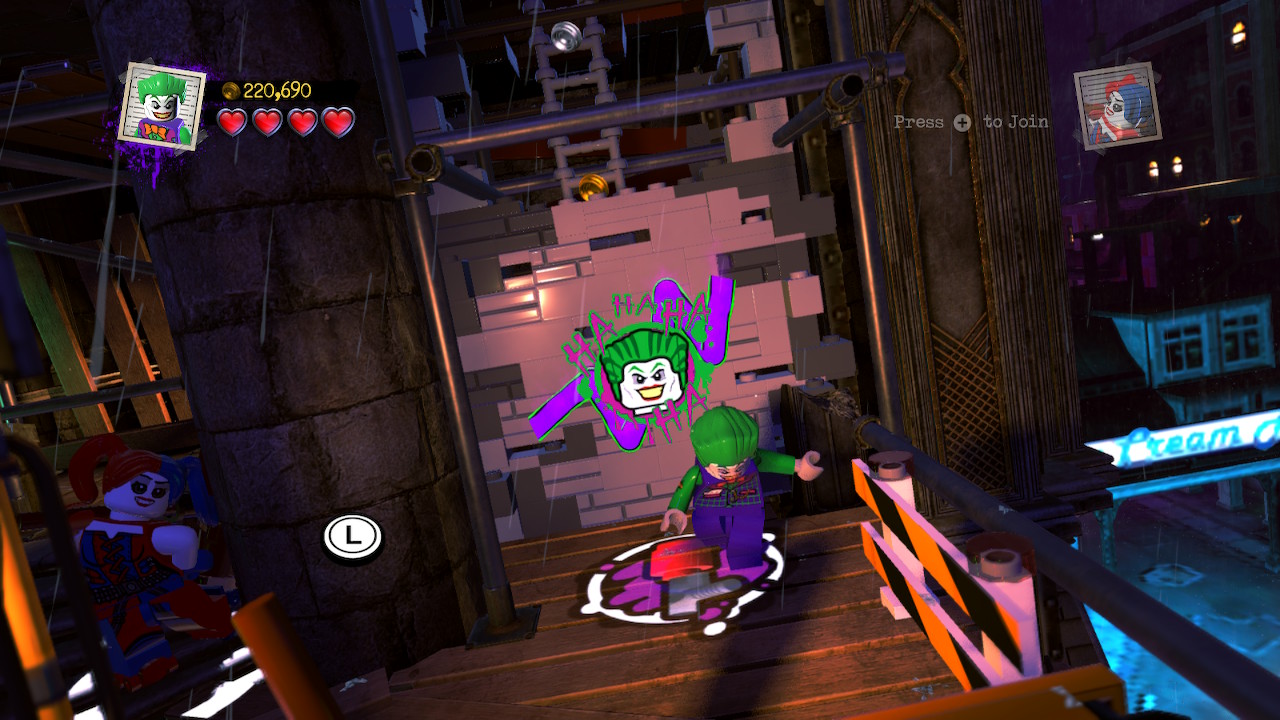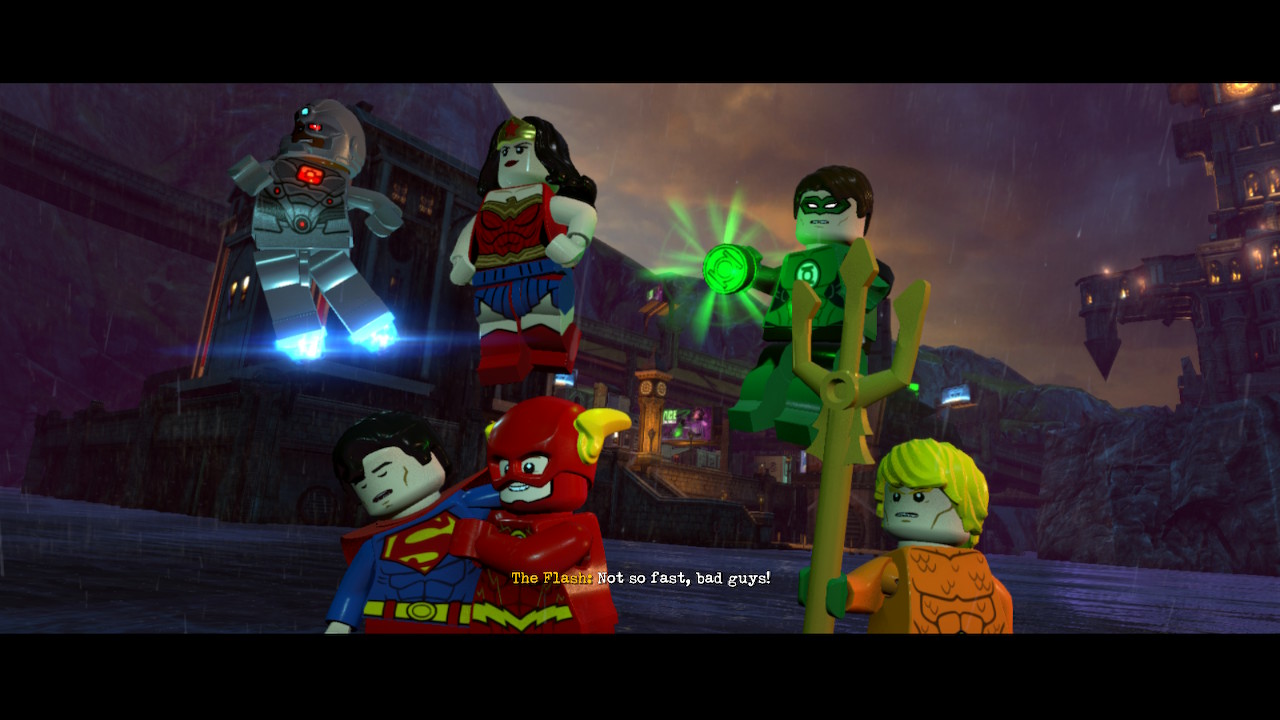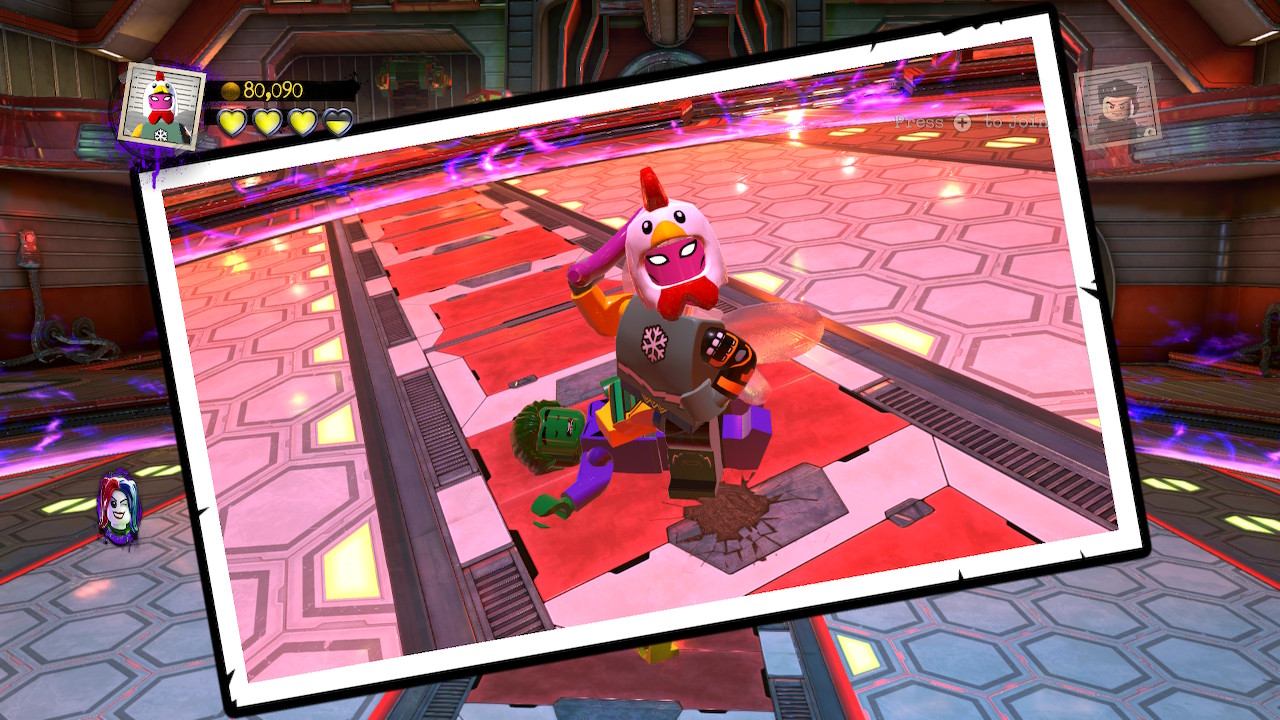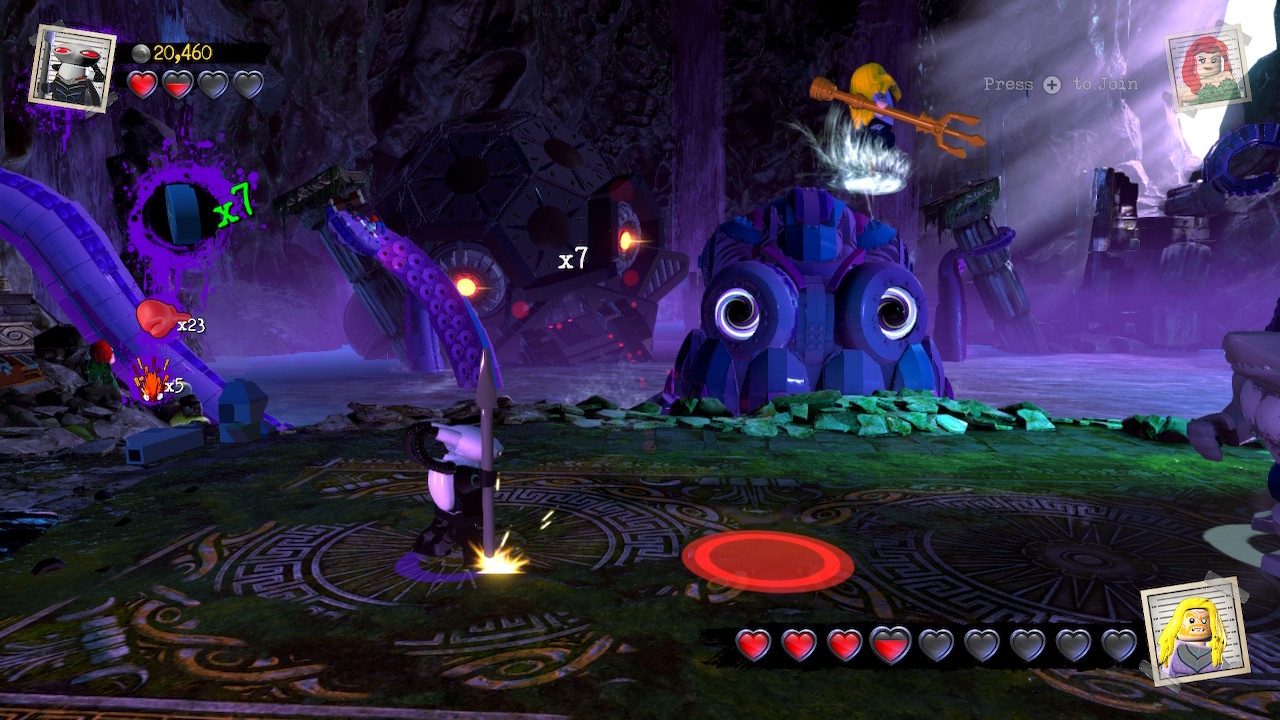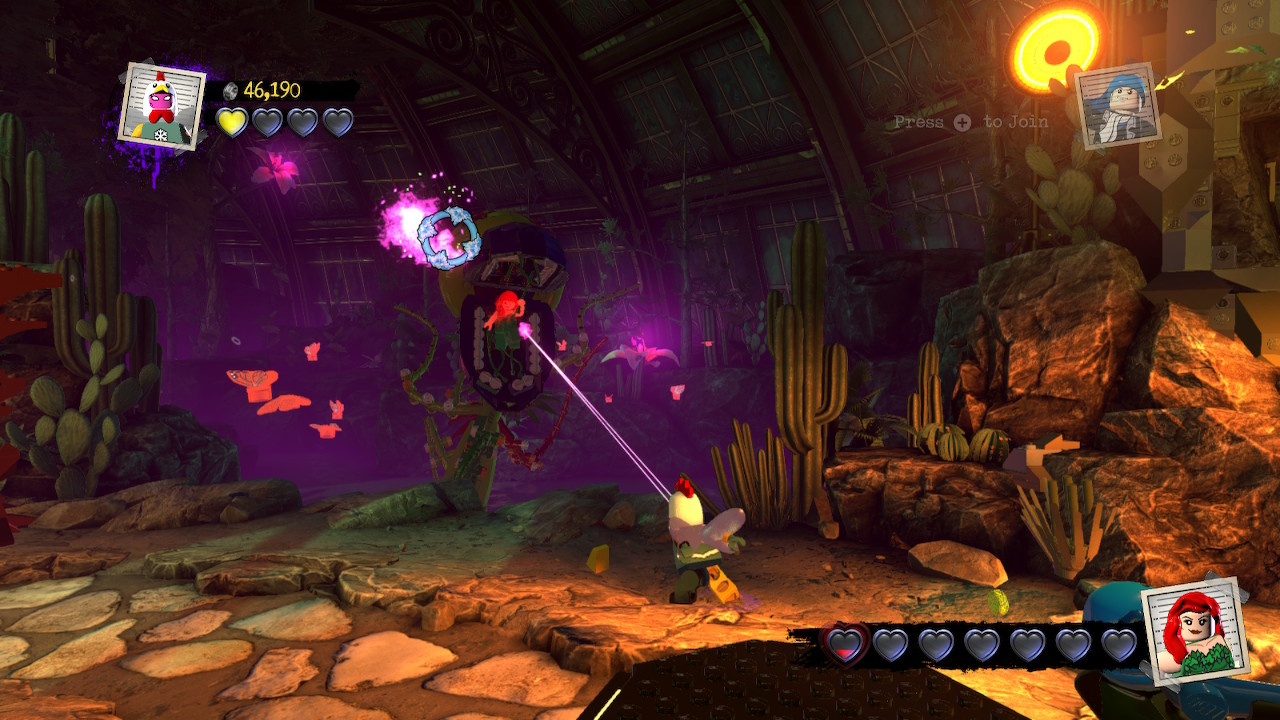2. Pengo (Atari 2600)
3. Kirby's Epic Yarn (Wii)
4. Knights of Xentar (PC)
5. Hoshi o Sagashite... (Mark III)
6. Dead Zone (Famicom Disk System)
7. Samurai Sword (Famicom Disk System)
8. High School! Kimengumi (Mark III)
9. Princess Tomato in the Salad Kingdom (NES)
10. Sindbad Mystery (SG-1000)
11. Steins;Gate (Vita)
12. Champion Boxing (SG-1000)
13. Squidlit (Switch eShop)
14. Skyblazer (SNES)
15. Tokyo Dark: Remembrance (Switch eShop)
16. Bubble Bobble (Famicom Disk System)



Bubble Bobble originated in the arcades as a 1986 Taito single-screen platformer. It then received a downright criminal amount of ports for consoles, handhelds, and computers alike. Most of these appear to have been well-received; apparently in Europe the Commodore 64 and Amiga variants made quite a splash. As an American, I sank countless hours of my childhood into the NES version. However, this review is dedicated that game's more obscure Japanese cousin: the Famicom Disk System port, released in October of 1987. The game was sold in one of those translucent zippered pencil cases. No kidding.
One or two players take on the roles of Bub and Bob, two adorable chubby dragons. As the "English" introduction conveys, the brothers are journeying into the "cave of monsters." Apparently these "dragons" are actually humans who have been transformed into dragons, and they're attempting to rescue their respective girlfriends, who I believe have been captured by a big bad guy but are otherwise still human. Point being: the goal of each stage is destroy all enemies and move on.
Each stage consists of a series of brightly-colored platforms and a swarm of foes. Vertical wraparound is present; a dragon who falls through the screen's bottom appears at the top. Meanwhile, the horizontal edges are always walled off. Controls are fluid, with the classic A-jump/B-attack scheme. Defeating an enemy is a twofold process. First, each one must be encased in a bubble emitted by a dragon's mouth. Making contact with a captured enemy destroys it for good. Time is of the essence. An ensconced enemy that is ignored will eventually escape from its tomb: red-hot, angry, and exponentially faster. The last remaining foe of each stage also descends into red-hot madness automatically. "Popped" enemies transform into fruit that may be collected for points, and popping a cluster of trapped enemies at once guarantees mega-points. The bubbles themselves have a secondary use, as empty ones can be used as makeshift platforms, though one must tread lightly to avoid vanquishing them outright.


The game exudes a lighthearted and comical vibe. Sprites are endearing, and many stages contain sly references to other Taito classics (like Space Invaders). A good number of levels are cleverly designed, forcing players to make some unconventional moves to clear them out quickly. Linger for too long, and Bub and Bob face the wrath of an invincible white whale. There isn't a tremendous amount of music in the game, but what's here is peppy and memorable. Stages flow rather seamlessly into each other (for the most part - the FDS does have to load occasionally), and the music doesn't pause during these brief transitions. This is an infectious "happy" game, and now a favorite of my own children.
Bubble Bubble seems to have arrived during that second wave of arcade platformers. Games like Donkey Kong were score-chasers first and foremost, containing a very small number of "boards" that were designed to be completed (and looped) in a very regimented manner. In contrast, Bubble Bubble is massive, with 100(!) stages, and difficulty that fluctuates wildly through the dragons' journey. This is one of very few arcade ports that actually contains a save feature (password for NES) to accommodate its massive runtime. Infinite continues are mercifully doled out as well. The game is undeniably overindulgent. 100 stages could have easily been slashed down to 50 or so. And it admittedly feels like the developers were running out of ideas somewhere along the line. Far too many of the later stages feel like pranks and needless troll attempts.
Additionally, the game oftentimes feels as if two players are required. The time limits get incredibly tight towards the journey's end, to the point where specific stages tackled alone are almost inconceivable to beat without going overtime and summoning the aforementioned indestructible cetacean. To add insult to injury, a single player is granted a "bad ending" should they reach the end of the game alone, the screen displaying some ham-fisted message about friendship. Bubble Bobble features an assortment of power-ups, but they show up inconsistently. Most will never be seen, even throughout the course of a full playthrough. Moreover, extra lives cannot be earned via accumulation of points (in contrast to the NES game), which spirals FDS Bubble Bubble down into "credit-feeder" territory. Expect to see that Game Over screen, a lot.
That's Bubble Bobble. A light and airy "pick up and play" experience. But its innate sloppiness and lack of polish is hard to overlook. That said, the game's biggest issues only really begin to shine through should one attempt a complete start-to-finish single-player run. This is one of those games that's most fun to pick up on a random Sunday morning, with a buddy in tow, and to play through a decent and respectable chunk of stages before calling it a day. As far as this particular port goes, stick with the more common NES variant. You'll get the extra lives and the ability to leap ahead with passwords. The English intro is even tidied up a smidgen. So, why did I play this.......?
